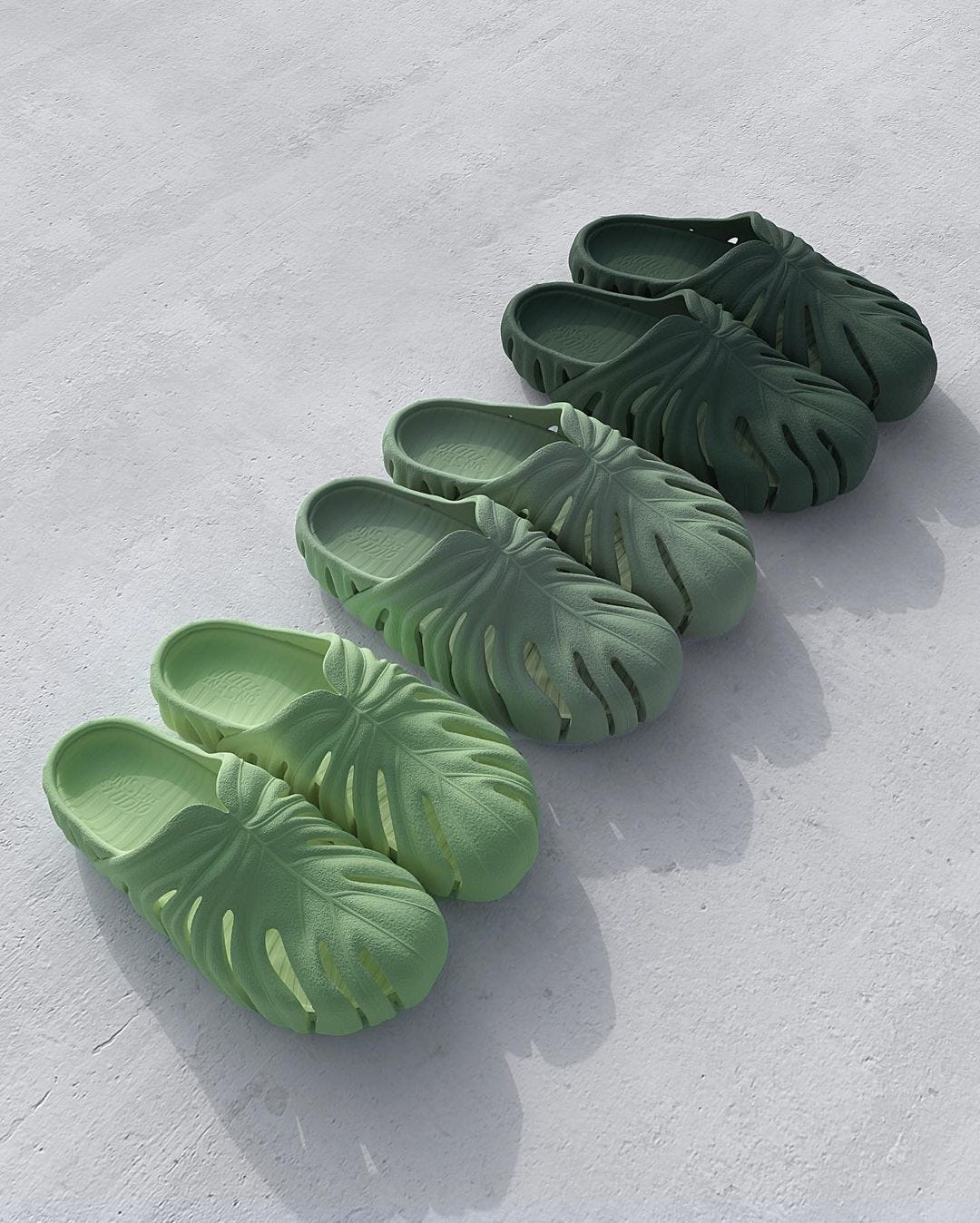It’s impossibly coincidental that the natural color green is also that electric one which blinds me in the club, in which I tell the time from the digital alarm, or highlight passages of text. Which complicates the composition of photographs when it pushes its way into the foreground. And just as aliens, which in other respects we picture as only slight but all the more estranging aberrations of ourselves, so too are the puke I eject or the green screen whose coloration grounds in the intent that I separate myself from it, decidedly what I believe I’m not. Green.
Green, the color which in our cosmos stands here for nature and there for its technological, shrill—short: electric—pendant, represents the twisted angle at which my species stands to (allegedly, opposite of) nature, from which I really derive.
I paint my life green, enrich it with so-called (so-recognised) nature just because I have long forgotten that I myself am part of it.
Green is the new loudness of an initially silent since ubiquitous (neither over nor underpresent) tone.
A contradiction adheres to my green rain jacket. Its hue refers to a nature which I may well relish surveying in its form, but from whose realness I shield myself by means of this shell, the waterproof texture of which places me above nature. So when the green of my functional clothing quotes nature, it does so only to reiterate nature’s domestication I, the technological individual, performed. The landscape in the midst of which I find myself grows as lifeless as the mandatory painting in a Biedermeier interior.
Contradiction rubs and what rubs is electric.
Whereas purple aims at (gender) neutrality, green, the meaning of which remains elastic, means true ambivalence and weirdness. Green is really in its essence what purple, conscious of looks, just seeks to symbolise.
Just let the slightly revised color scheme of the 2022 BMC Timemachine 01 (lime) work its magic as you compare it to the 2018 edition (lemon).
Jens Hauser, who dedicates a life's work to the color of our time, addresses green as “the most anthropocentric of all colors” as it “hyper-compensate[s] for what [humans] feel they have lost.” That resultantly, green becomes present where nature is absent, means that it’s precisely the most disastrous “capitalist mechanisms [which] appropriate the metaphor and make everything greener."
Yes, one recalls the days when products which sought to give an impression of sustainability were still packaged in green. By now, however, we've grown weary of those marketing strategies. Indeed, I react allergically to the green lifestyles which these snakes seek to ensnare me with. When the symbolic content of the color green is exploited for self-interest, I no longer readily surrender to the green illusion whose contradictions render everything else frictious and electric.
(Unfortunately, the agencies already suspect that I am now turning to the scientific fact (not least in a gesture toward all sorts of denialists), and so greenwashing slowly gives way to black&whitewashing, green photographs to matter-of-fact ingredient lists and “non-designs.” More on that soon, though.)
𝓛𝑒𝓃𝓃𝒶𝓇𝓉 𝓗𝑜𝓇𝓈𝓉
Appendix
A modest accumulation of the best green excess imagery.
etc.
(I mean, sportswear and orthotics are really posthumanisms in themselves … Which makes it all the more radical to assign them the “prehuman” color …)
𝓛𝑒𝓃𝓃𝒶𝓇𝓉 𝓗𝑜𝓇𝓈𝓉





















